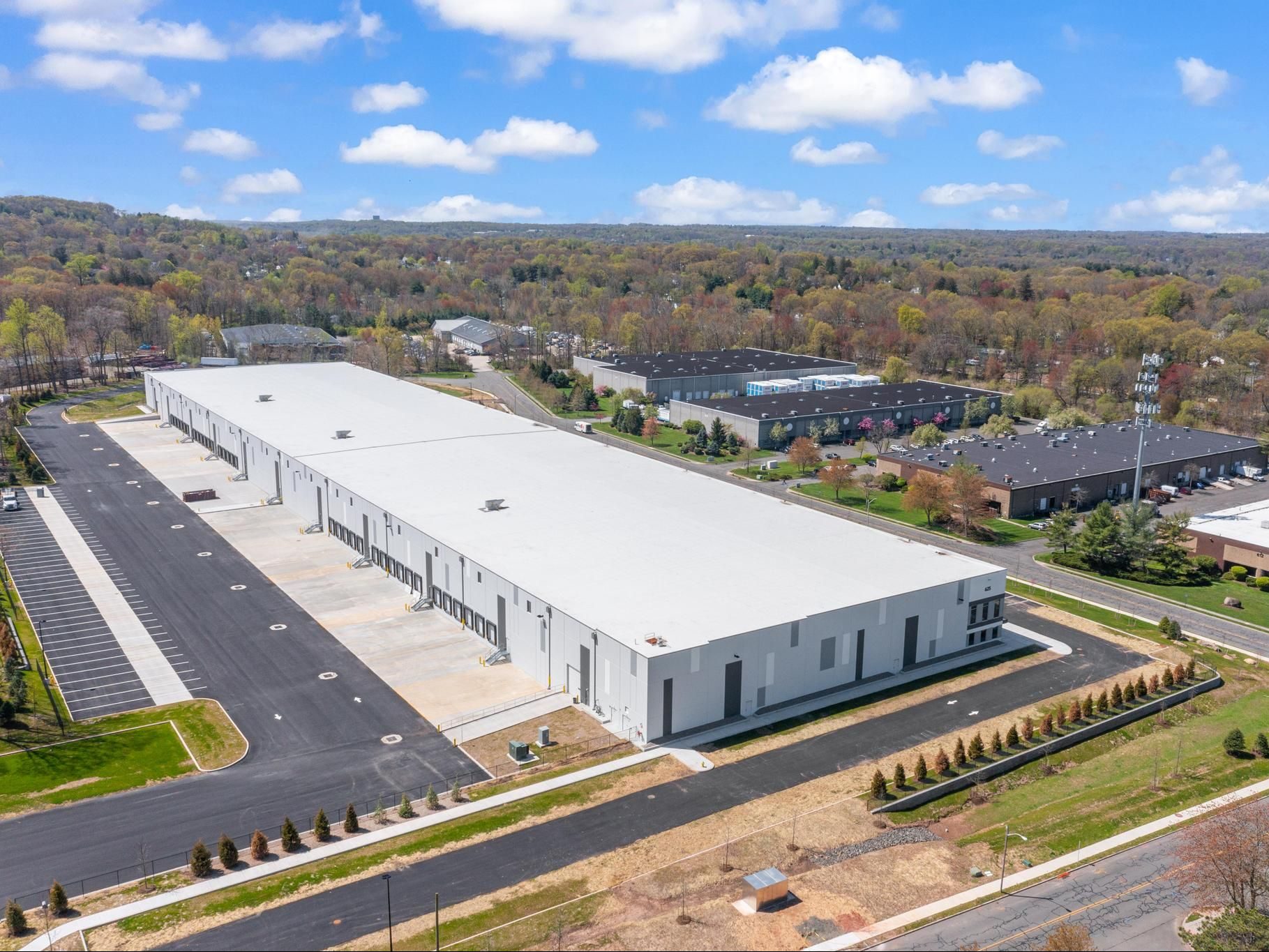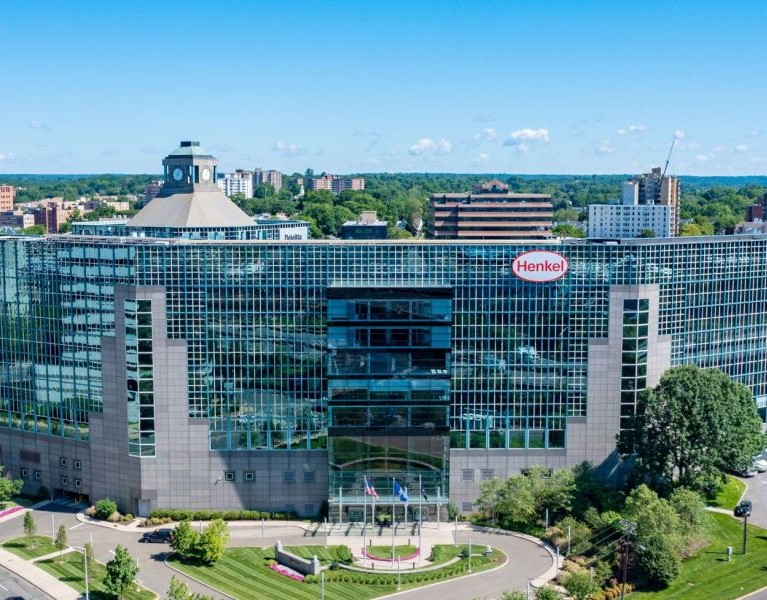Slow Recovery Continues for Residential Real Estate
By Richard Parent, Gumbiner & Savett Inc.
According to the National Association of Realtors, home sale contracts signed in June 2010 were down 18.6 percent from June 2009, but up 10.4 percent in October 2010. Some of the decline can be attributed to the May 1 expiration of the first-time home buyer credit created by the Housing and Economic Recovery Act of 2008.
By Richard Parent, Executive Vice President, National Real Estate Practice, Gumbiner & Savett Inc.
Although residential real estate has been showing signs of improvement in some markets, it has been experiencing a slow recovery overall. According to the National Association of Realtors, home sale contracts signed in June 2010 were down 18.6 percent from June 2009, but up 10.4 percent in October 2010. Some of the decline can be attributed to the May 1 expiration of the first-time home buyer credit created by the Housing and Economic Recovery Act of 2008.
NAR’s Chief Economist Lawrence Yun noted that “the home buyer credit brought in an additional million buyers to the residential home market. These new buyers improved the home inventory situation, stabilized home prices more quickly and preserved approximately $900 million in home equity.” In June 2010, the national median existing home price was $183,700, an increase of 1 percent from June 2009.
Due to the overwhelming pressures of the economy, many borrowers are finding themselves underwater with their home mortgages. According to RealtyTrac, foreclosure filings were reported on 325,229 properties in July 2010, a 4 percent increase from June 2010, but a 10 percent increase from July 2009. According to RealtyTrac CEO James Saccacio, “July marked the 17th consecutive month with foreclosure filings exceeding 300,000.” In October 2010, one in every 389 housing units received a foreclosure notice.
The multi-family housing rental market is expected to benefit from a slowly improving job market and economy. Vacancy rates are expected to decline from 7.3 percent in the first quarter of 2010 to 7.0 percent in the first quarter of 2011. With recent additions to supply, however, the average rent is likely to fall 1.5 percent this year, and then rise 1.2 percent in 2011.
Vacancy rates in the office sector are projected to increase from 16.6 percent in the third quarter of 2010 to 16.8 percent in the second quarter of 2011, due to an increasing availability of sublease space. According to NAR, annual office rent is expected to fall 1.8 percent this year and decline another 1.6 percent in 2011. Rental activity in the industrial sector is historically low with higher vacancies, more tenant concessions, and a decline in rental rates. In addition, vacant and obsolete properties remain on the market. Vacancy rates are expected to decline from 13.9 percent currently to 13.2 percent toward the end of 2011.








You must be logged in to post a comment.